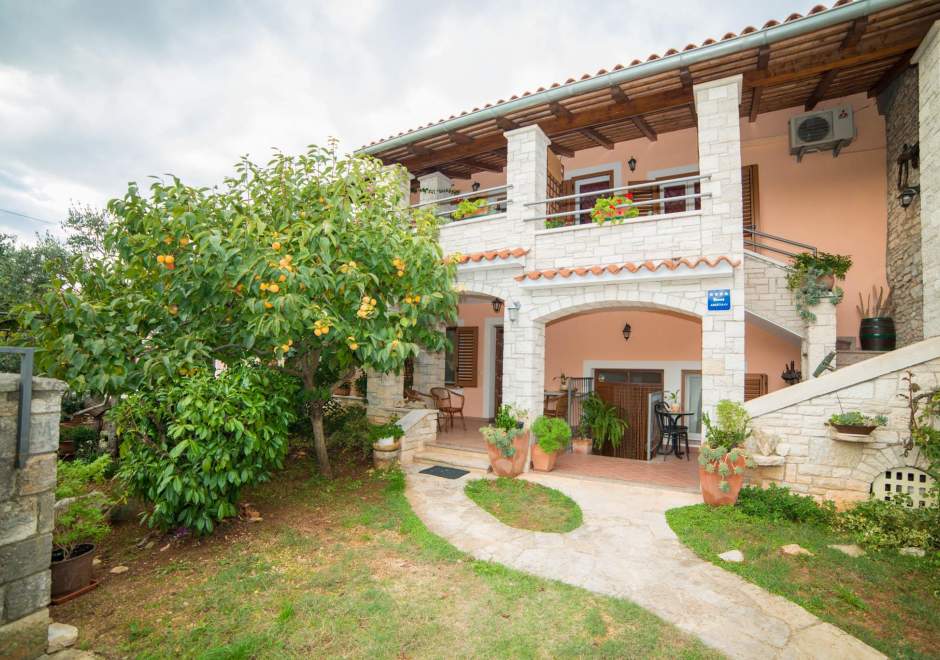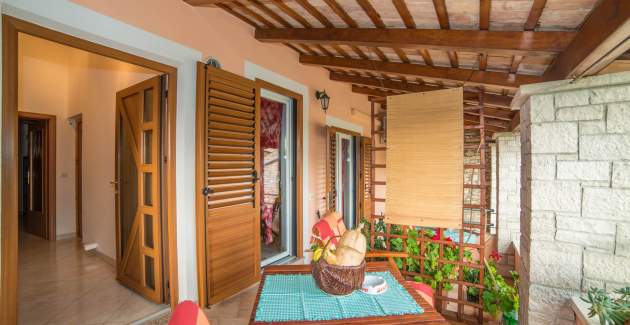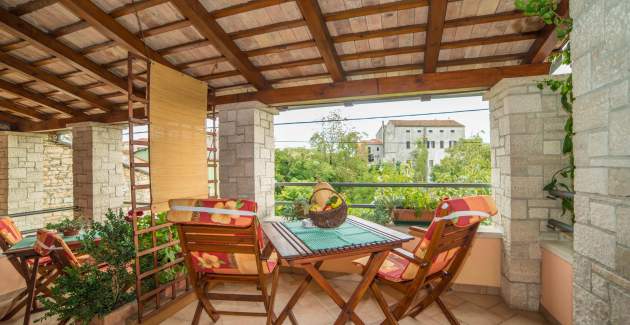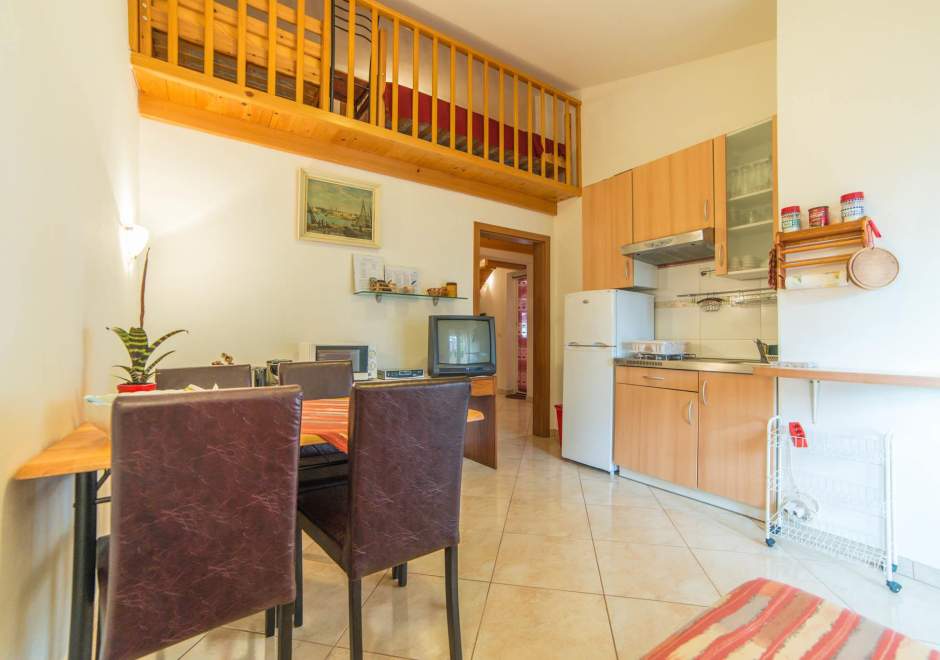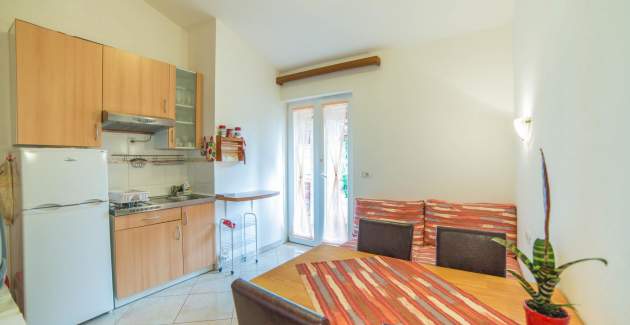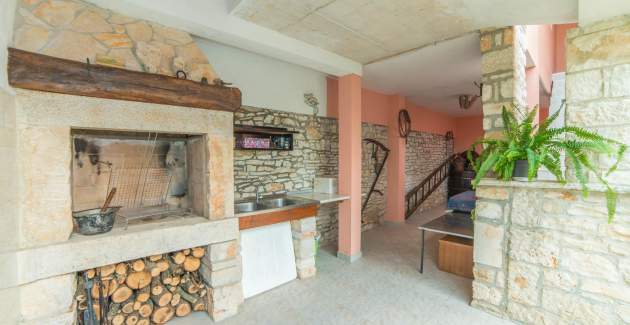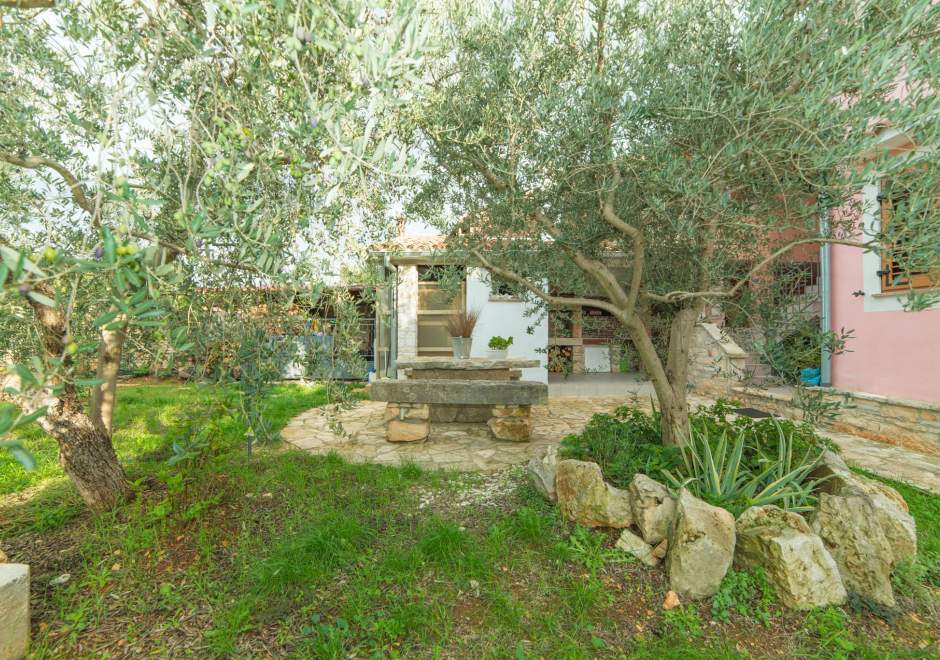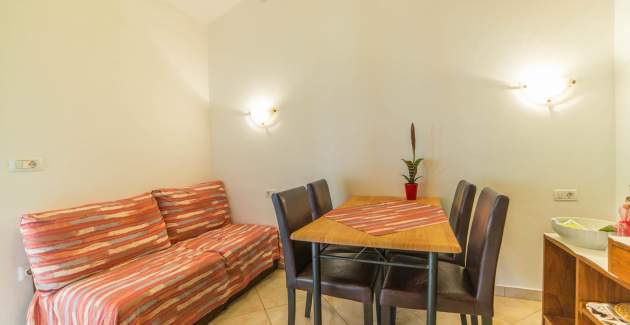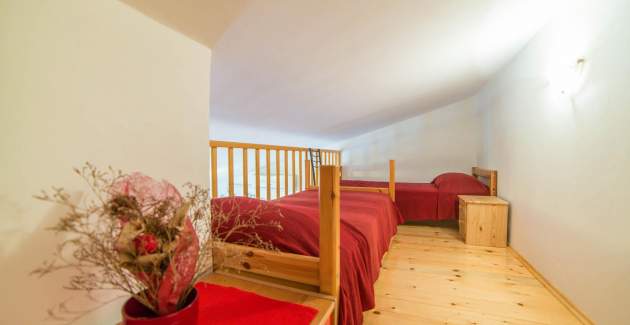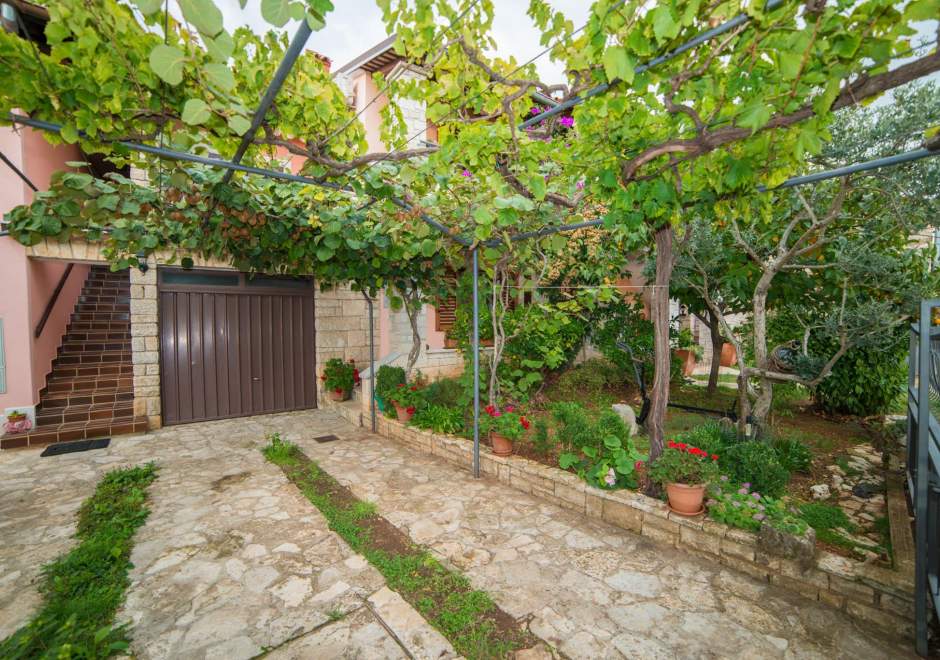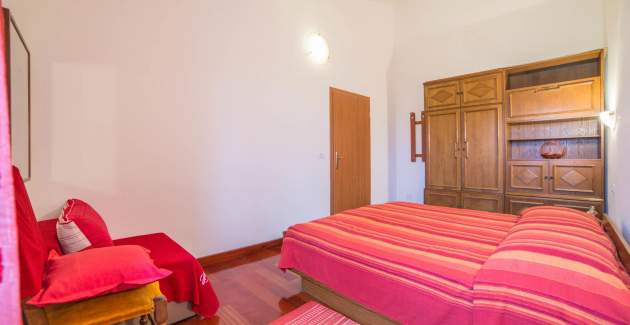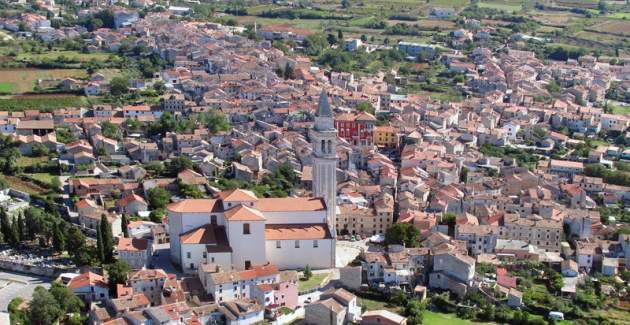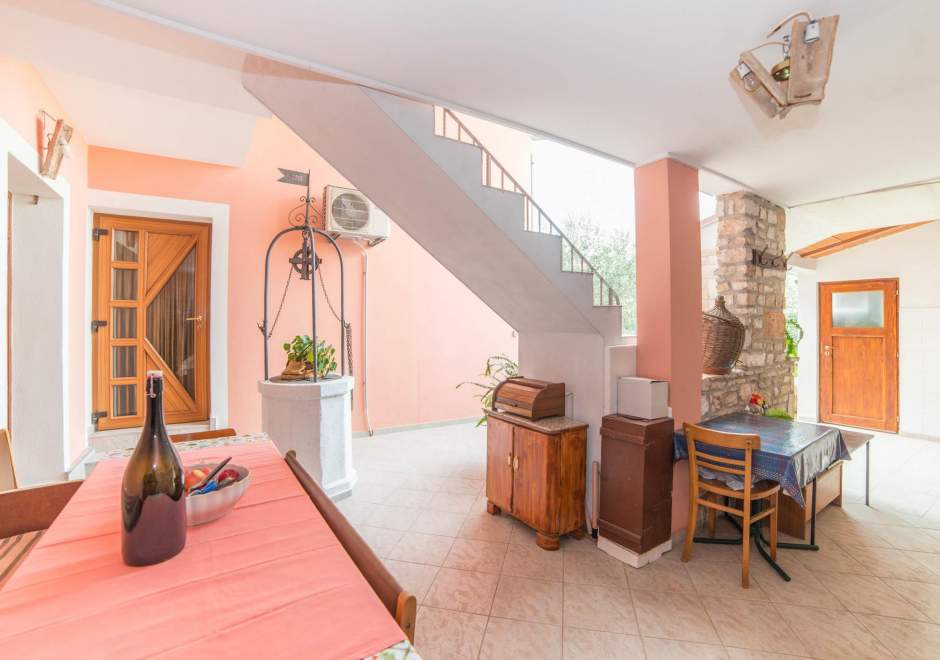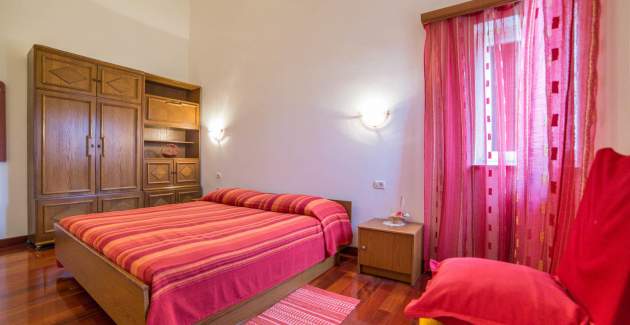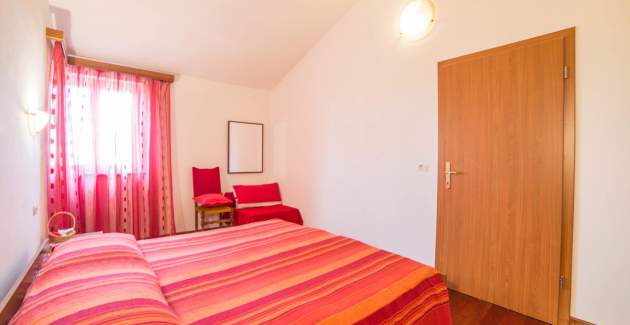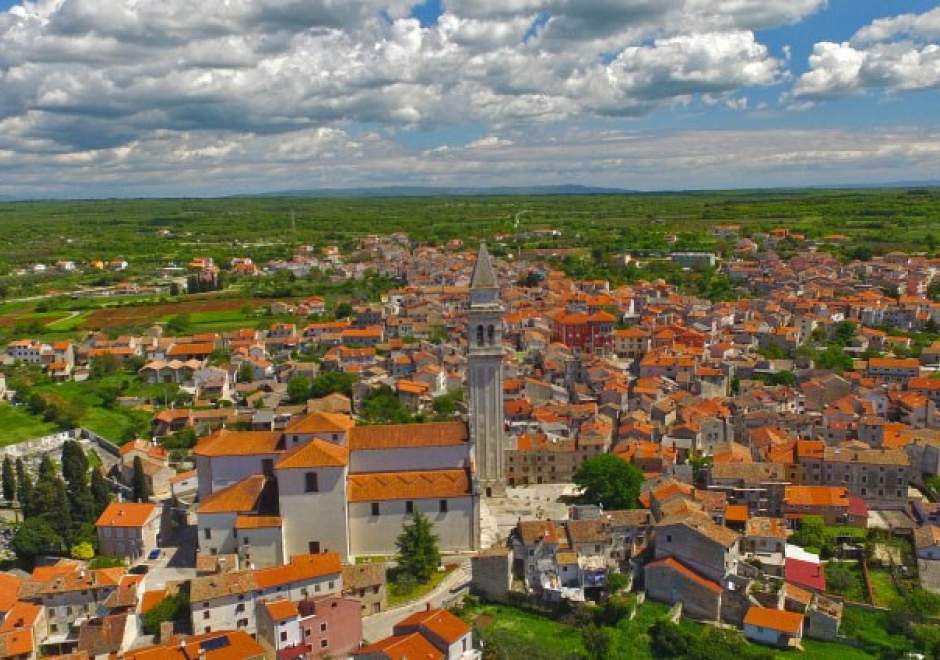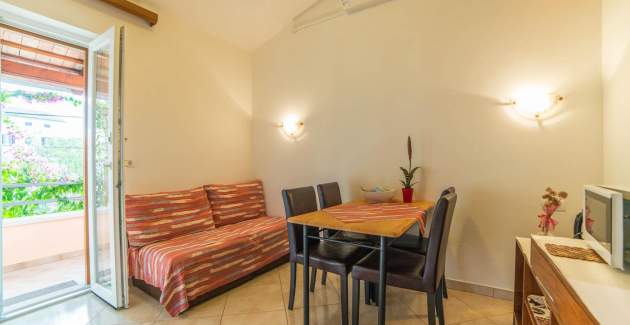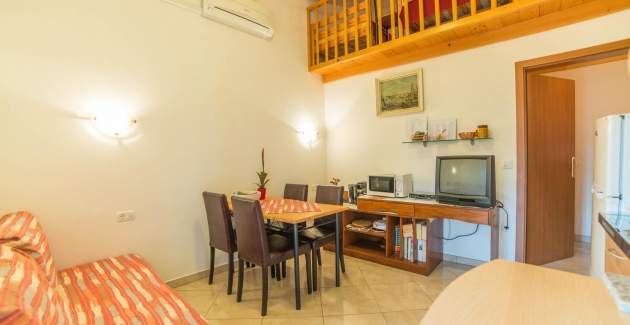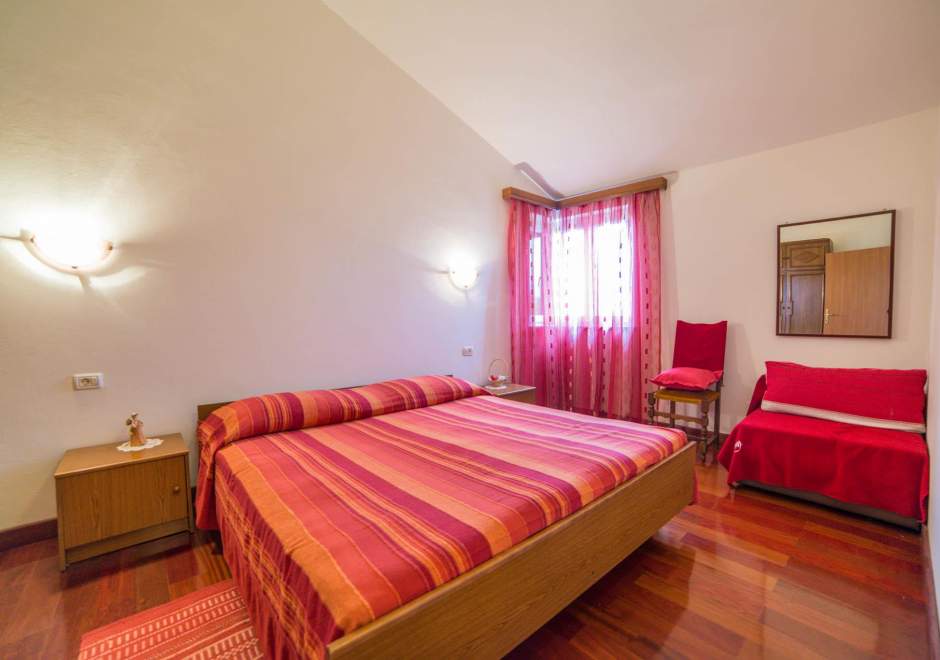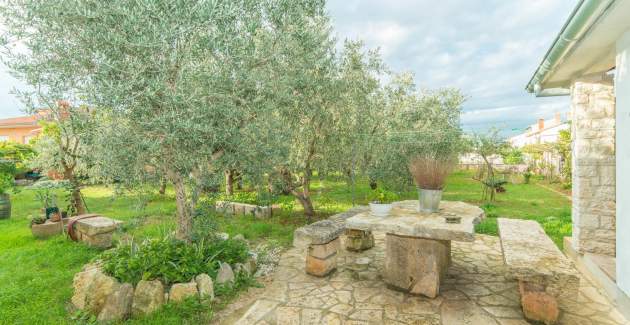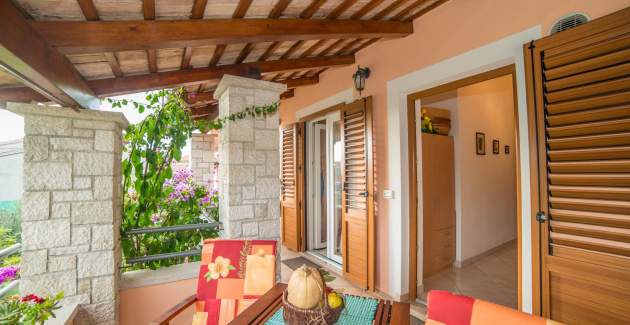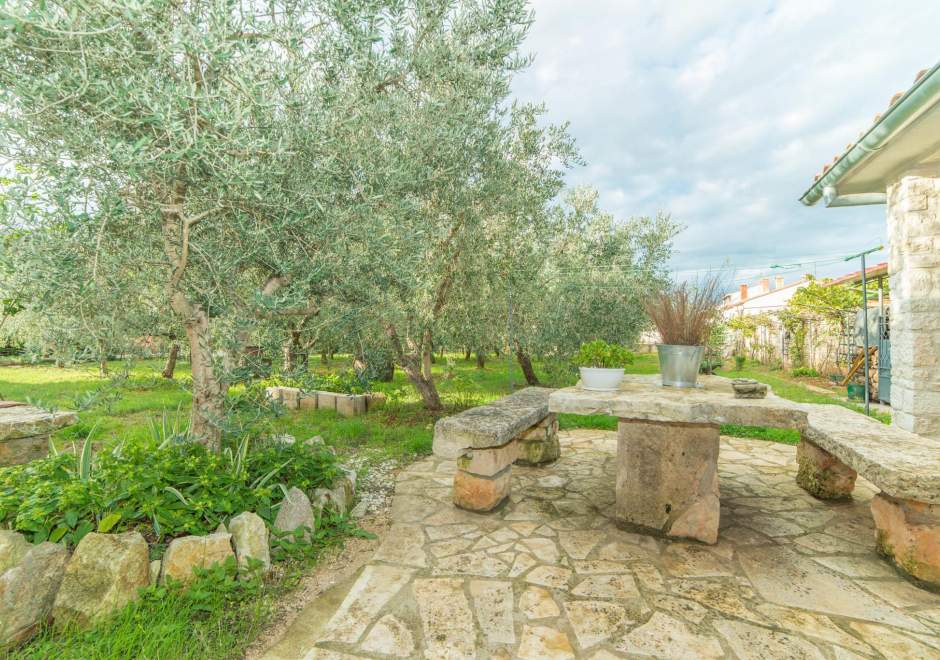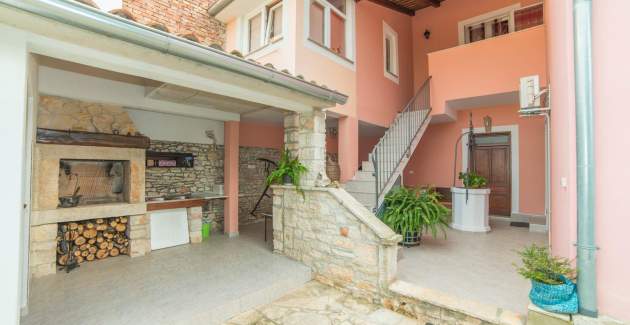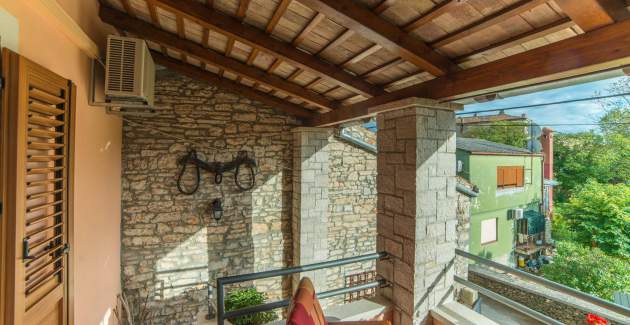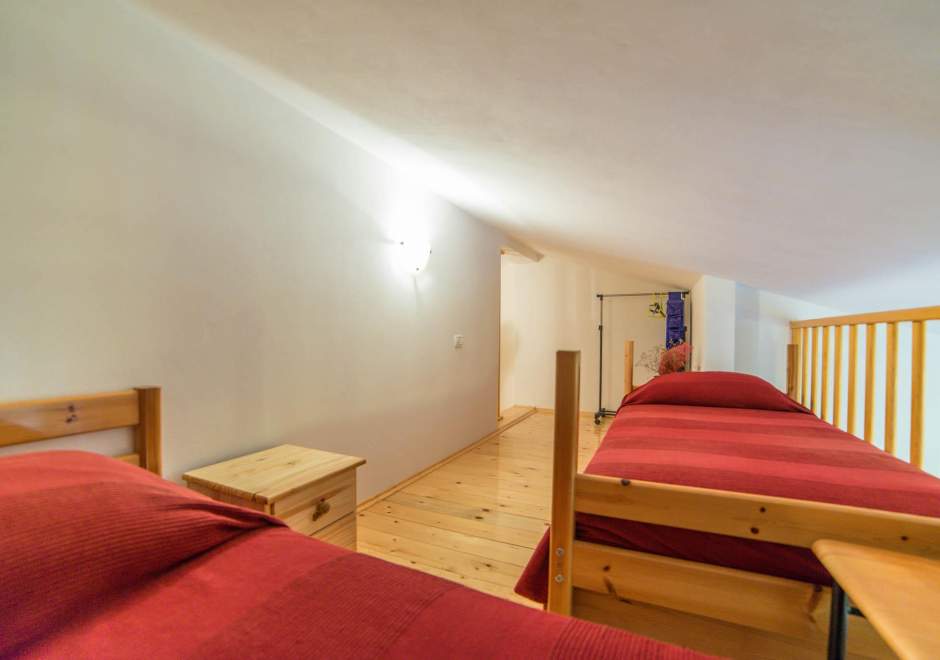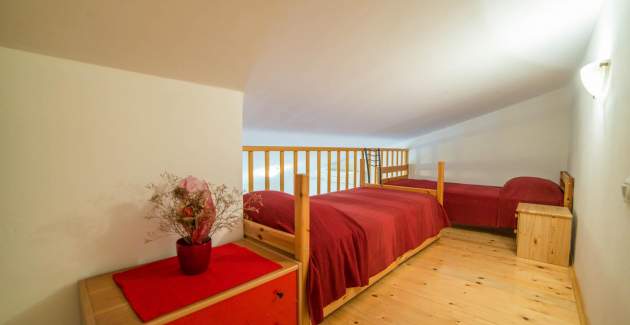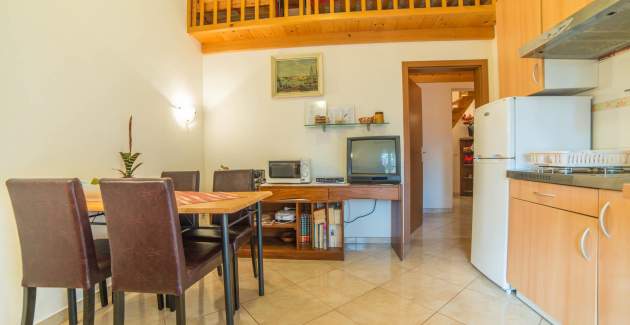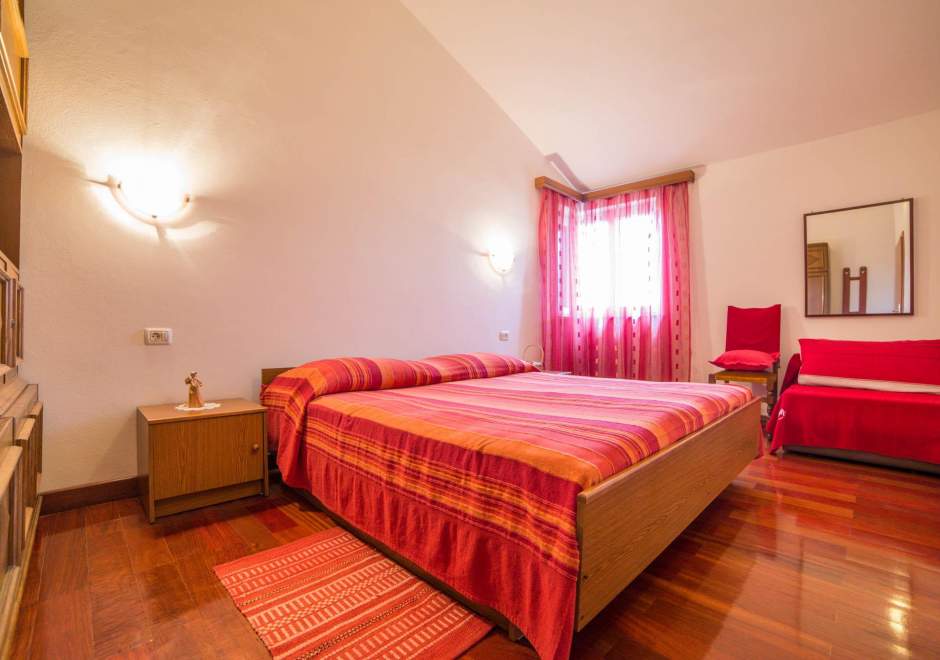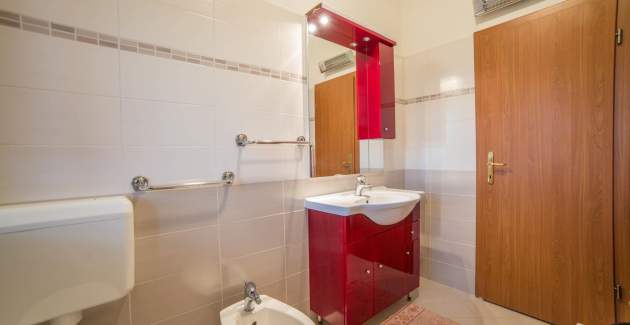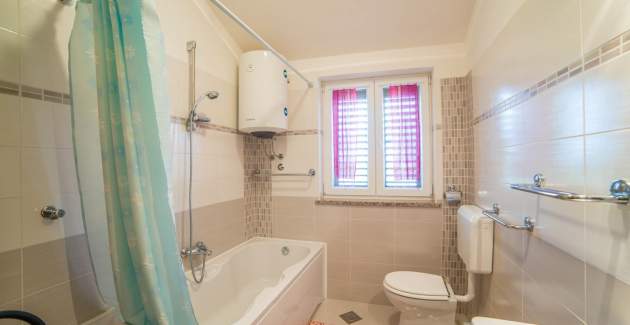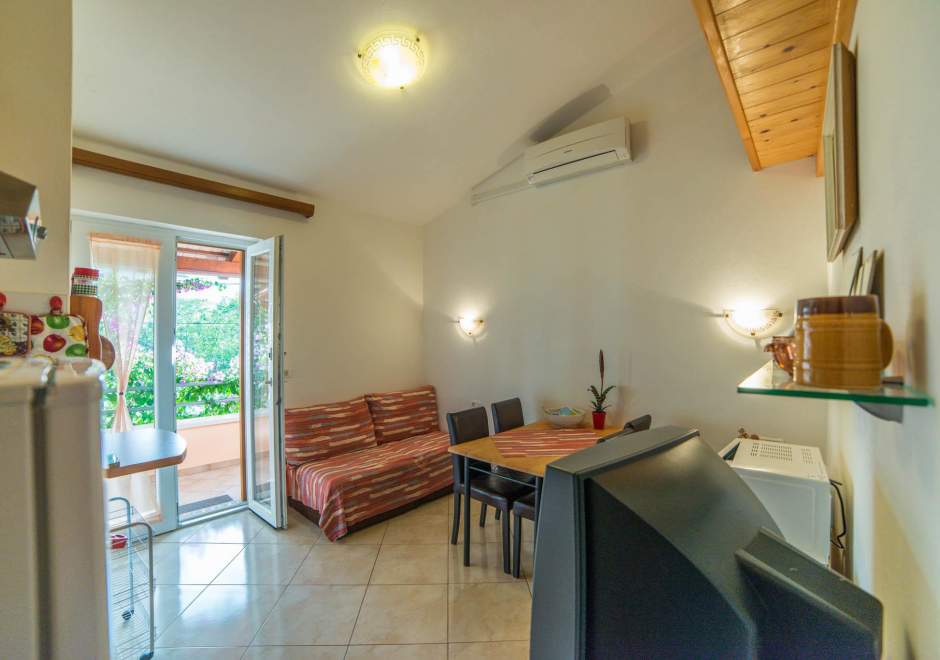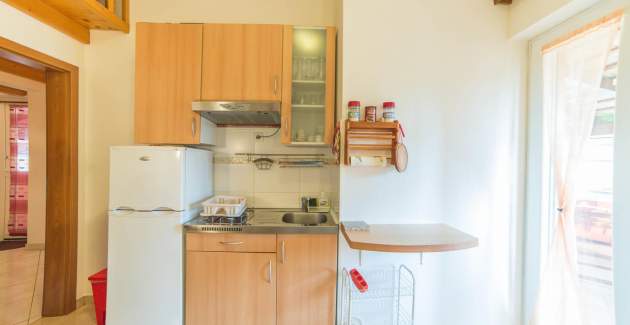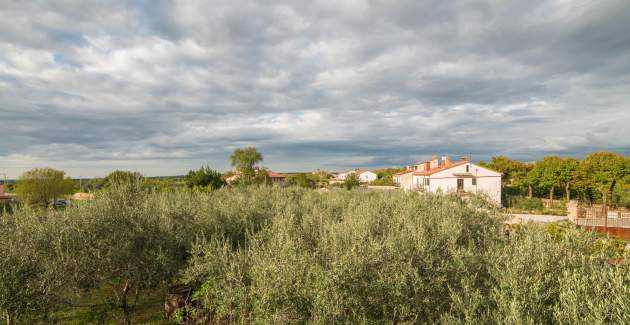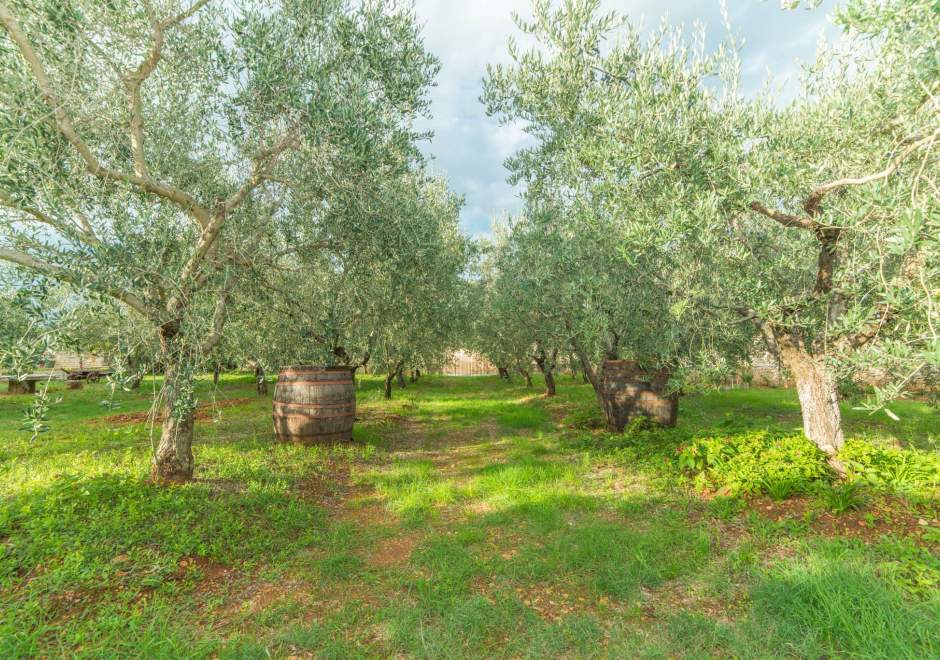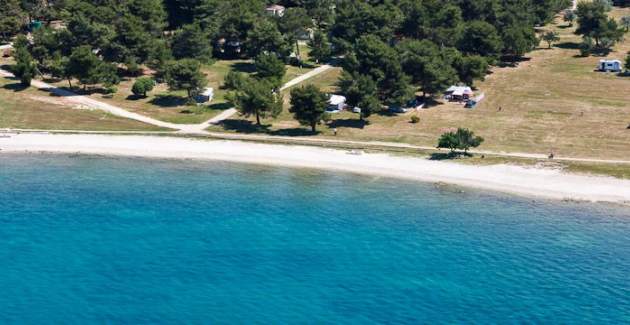Vodnjan is situated 10 km north of Pula, on elevation of 135 m. It is located at the intersection of the main road Buje - Pula (M2, E751) and the regional road Vodnjan/Dignao - Fažana. According to the legend, it developed out of the association of seven villas which were part of the colonial goods of Pula. Vodnjan was known as early as Roman times as Vicus Attinianum and listed in historical records in 932 at the time of Pietro Candiniano, to whom the Istrian towns were giving amphorae of good wine in exchange of protection. Inside the historic nucleus, the town preserved its characteristic Medieval look with atria and narrow streets, irregularly winding among houses, with cobble roads and facades made of cobble stone, old streets still impressively recognizable by their Gothic, Venetian Renaissance and Baroque style and many churches rich with memories and art. Among many, in the old town there is St. Jacob Church or delle Trisiere that was designated as a parochial church as early as 1212, a church that witnessed some important historical events such as the peace agreement with Pula in 1331 and the writing of the Statute of 1492. The large People Square in the centre of the town denotes the old place where a castle with towers was built probably in the 4th or the 5th century and torn down in 1808. The square is surrounded by important buildings such as the City Hall in the neo-Gothic style, the Benussi house, the Bembo house and the Bradamante palace with its decorated facade and an elegant triphora. The square in front of St. Blaž Cathedral, the municipal church built on remnants of an early Romanesque church that was torn down in 1781 is another important and frequently visited square. The church was consecrated in 1800 and it maintains numerous artistically and culturally valuable works, such as a custody in bas relief from 1451, wooden figures and paintings made from the 14th to the 18th centuries, works by great masters like Paolo Veneziano, Jacopo Contarini, Jacobello del Fiore, Lazzaro Bastiani, Gaetano Grezler, Avenerio Trevisano, Antonio della Zonca and others. The sacred art collection is specialized in numerous relics and the bodies of saints, Reliquaries from Murano, habits of the saints and valuable old books. There are many frescos in other churches; St. Margaret Church (the 12th century), Our Lady Traversa Church (the 13th century), St. Kirin Church (the 6th century) or St. Foška Church (the 8-9th century), that are destinations for today's pilgrims. Chief occupations include farming, viniculture, olive growing, livestock breeding and tourism. The famous Bumbar Fiesta is held in Vodnjan (in August), based on the ethnological heritage of the local population -Bumbari. The traditional livestock fair is held every first Saturday in the month, known throughout Istria.






